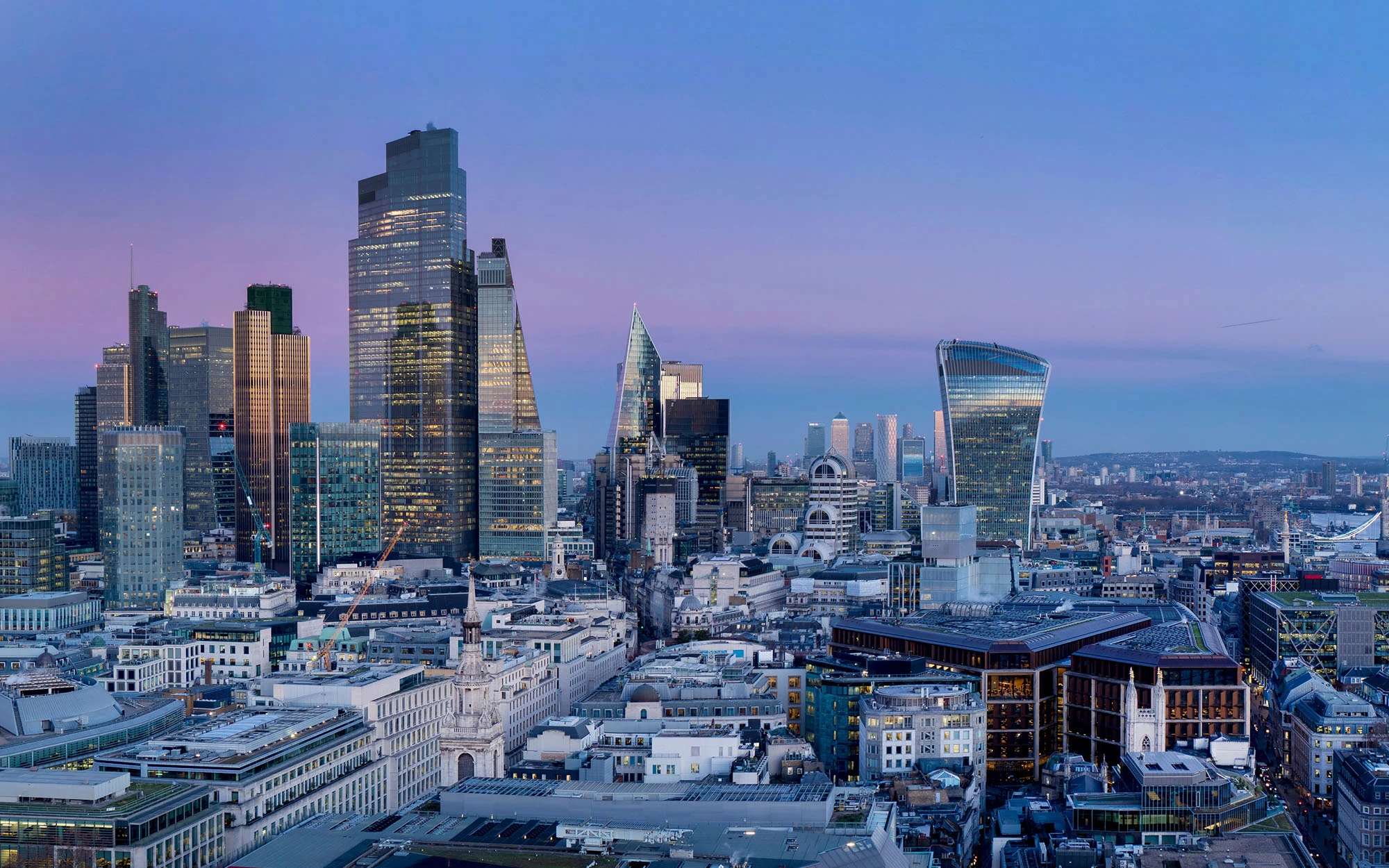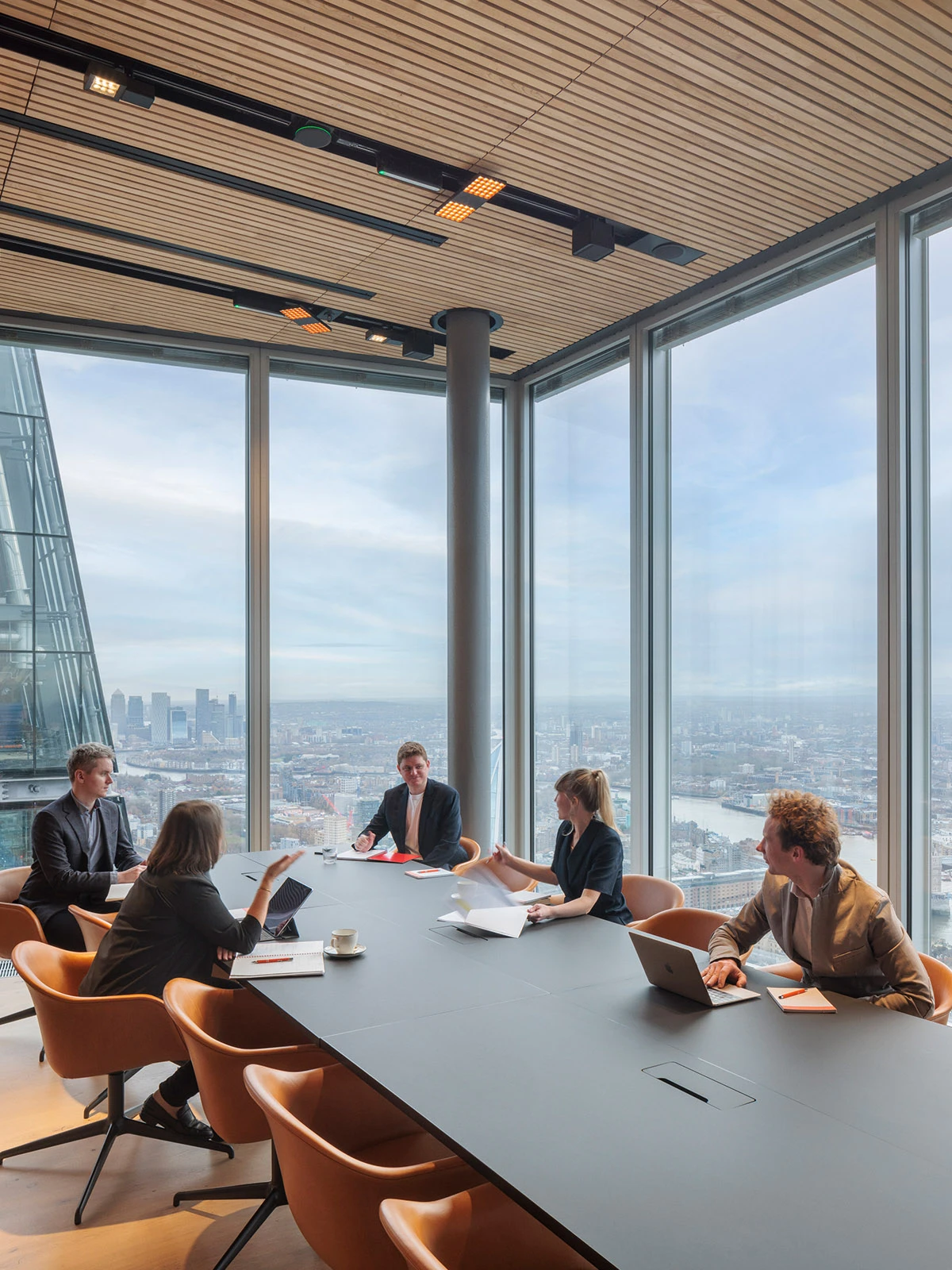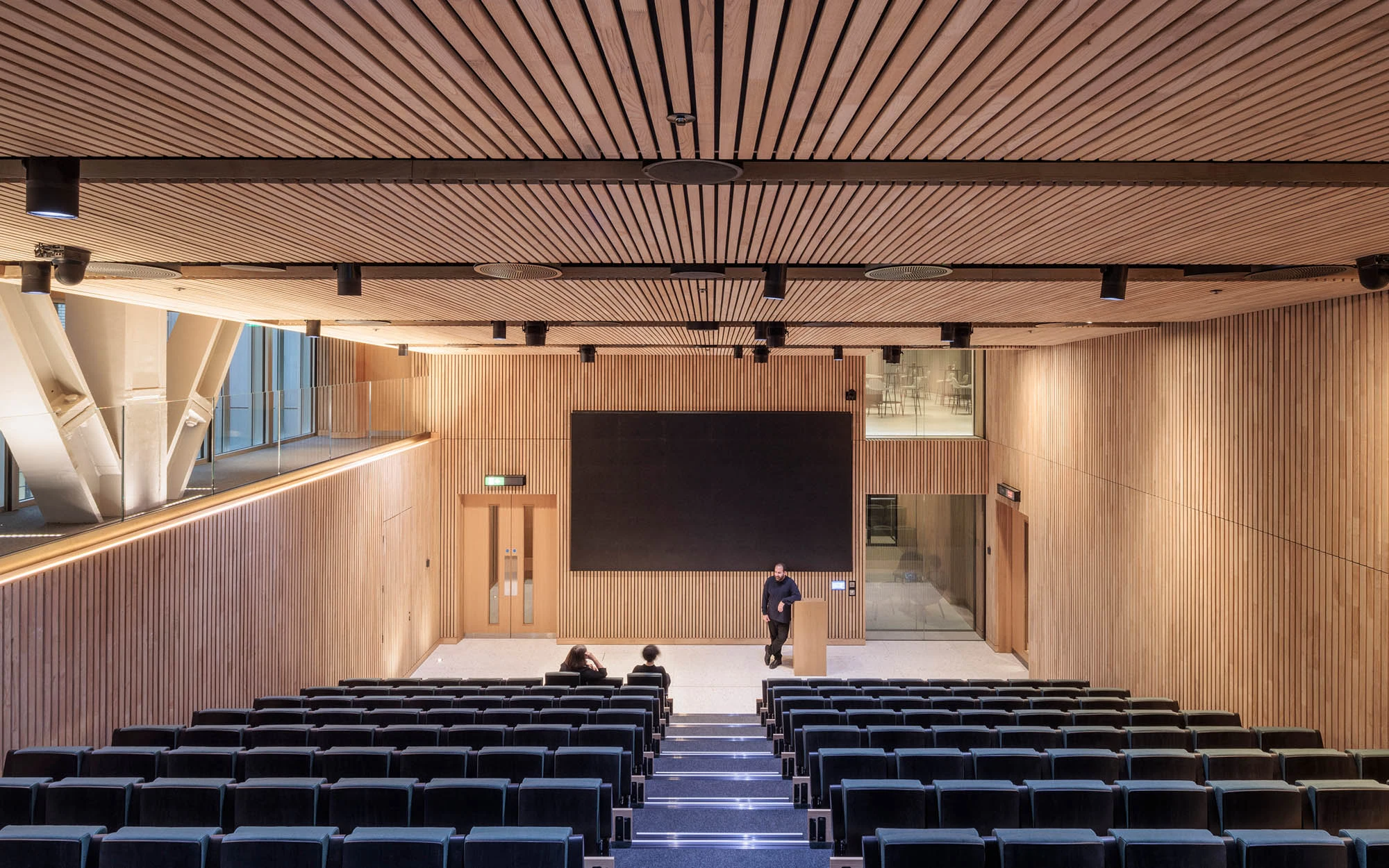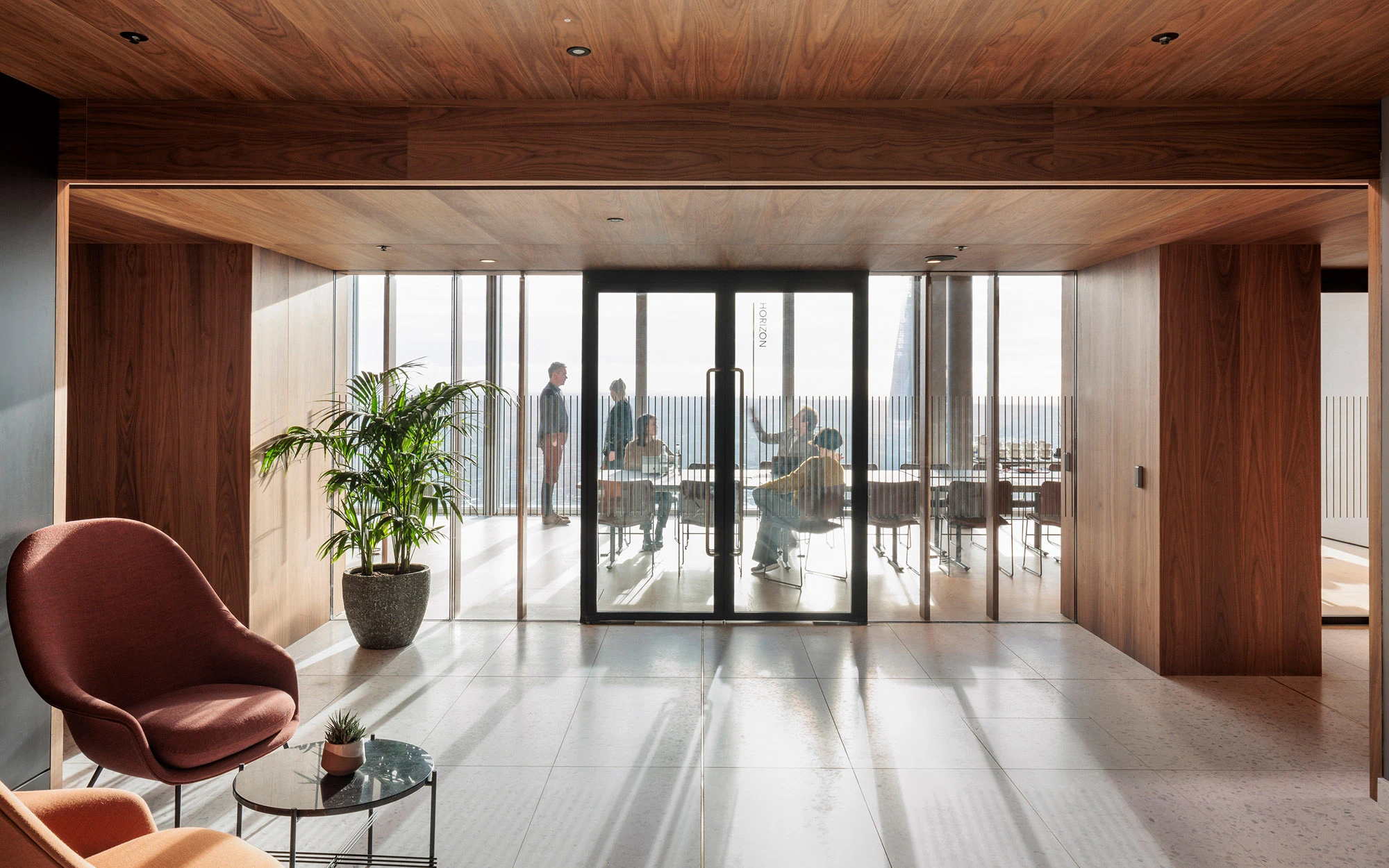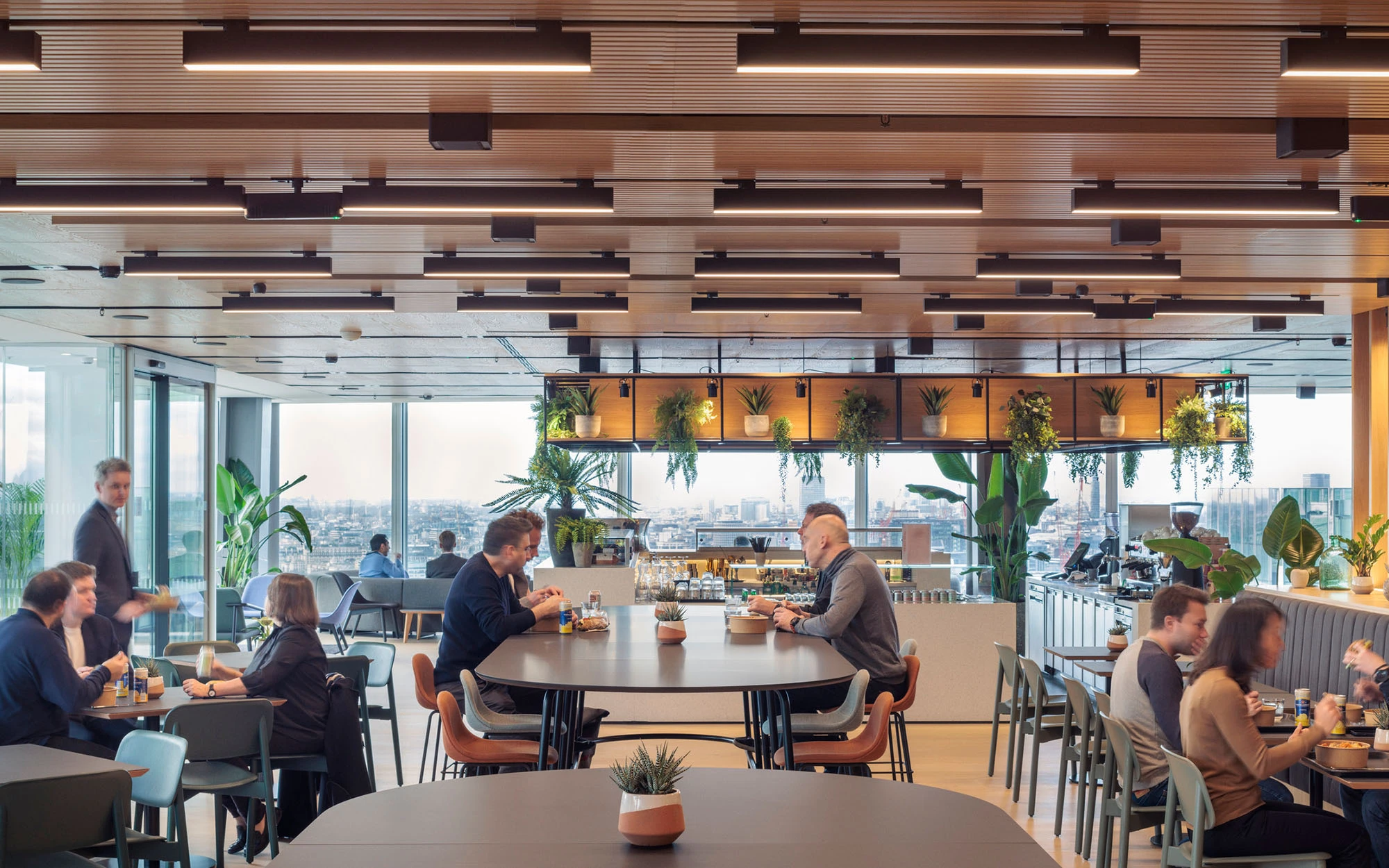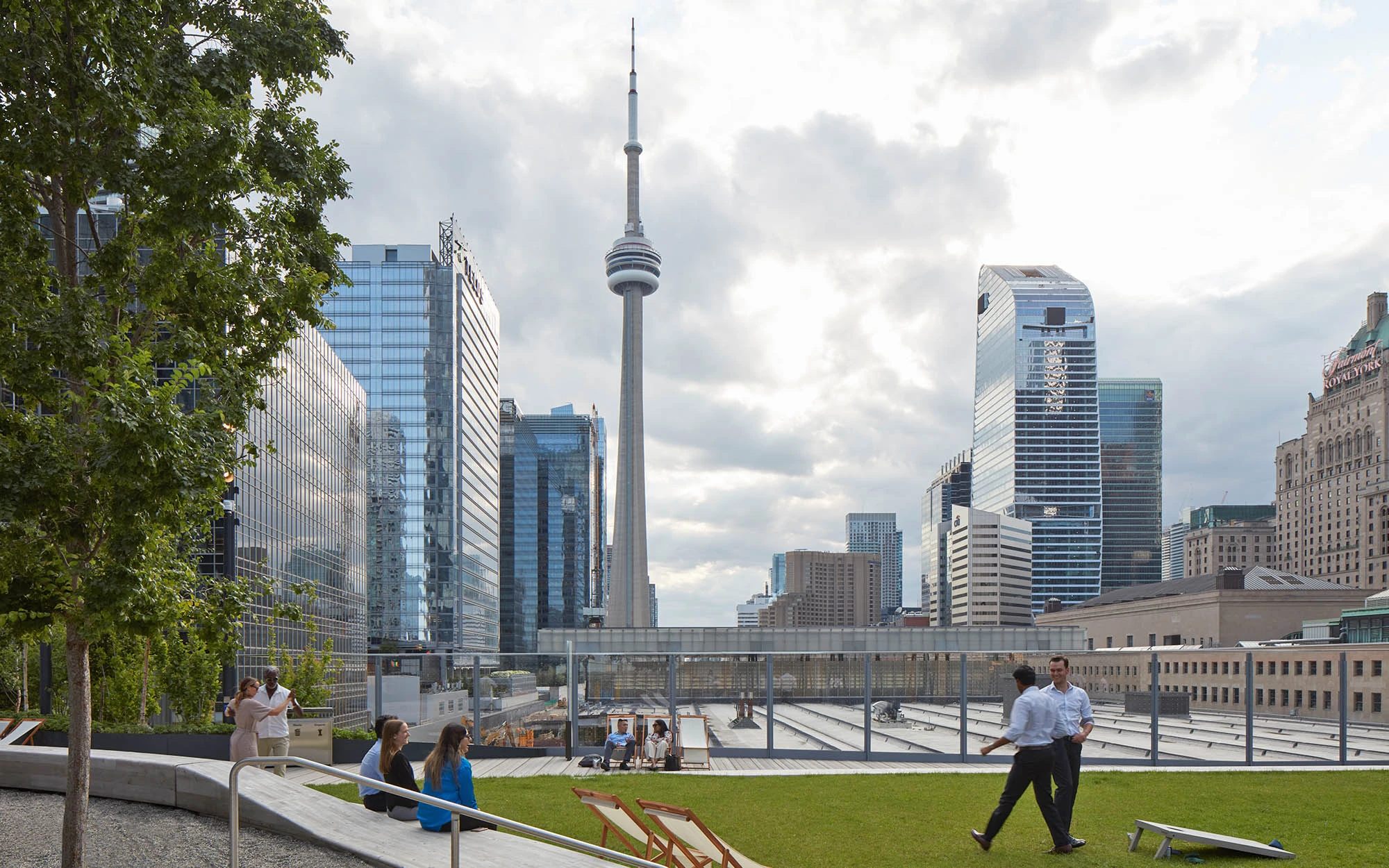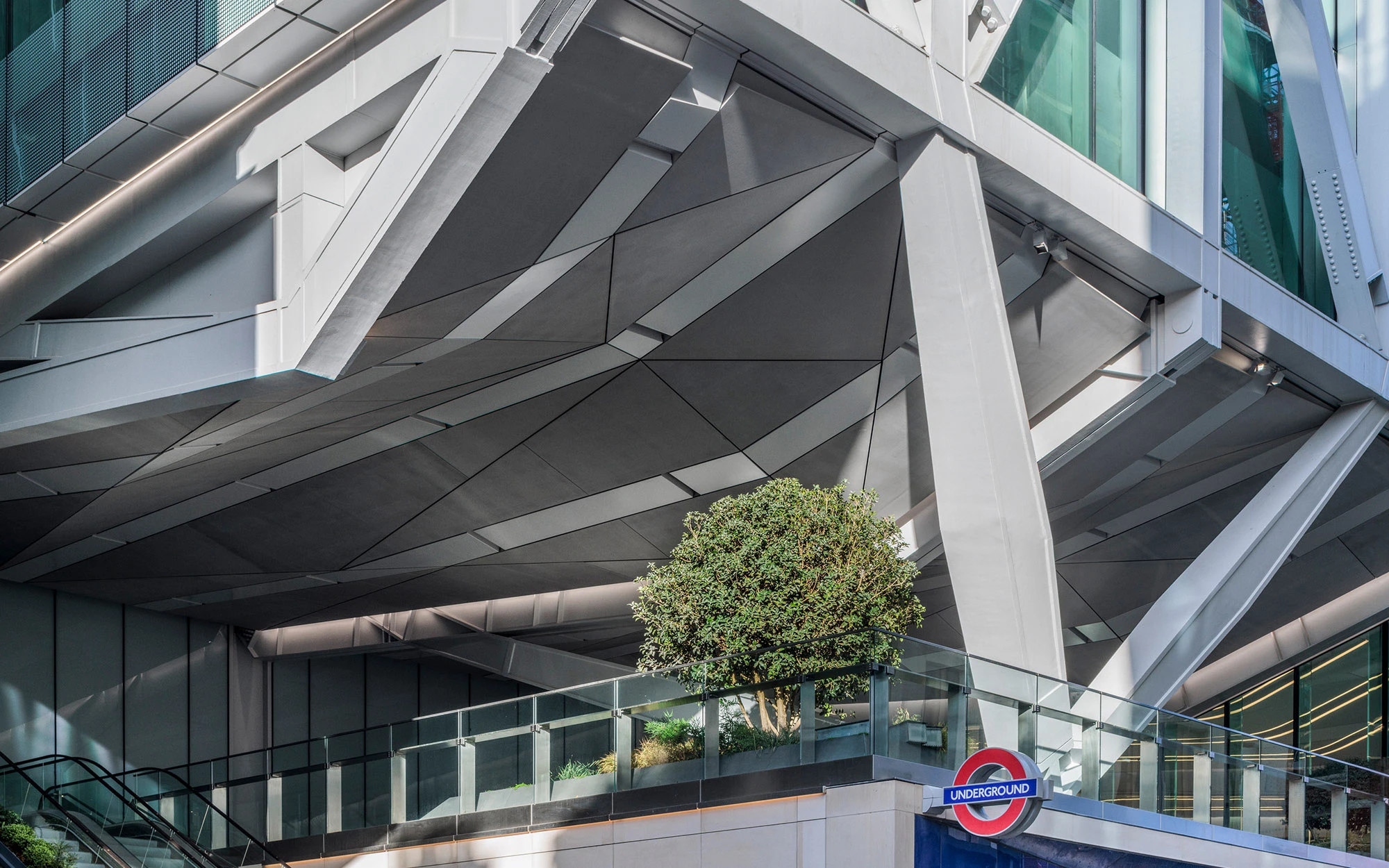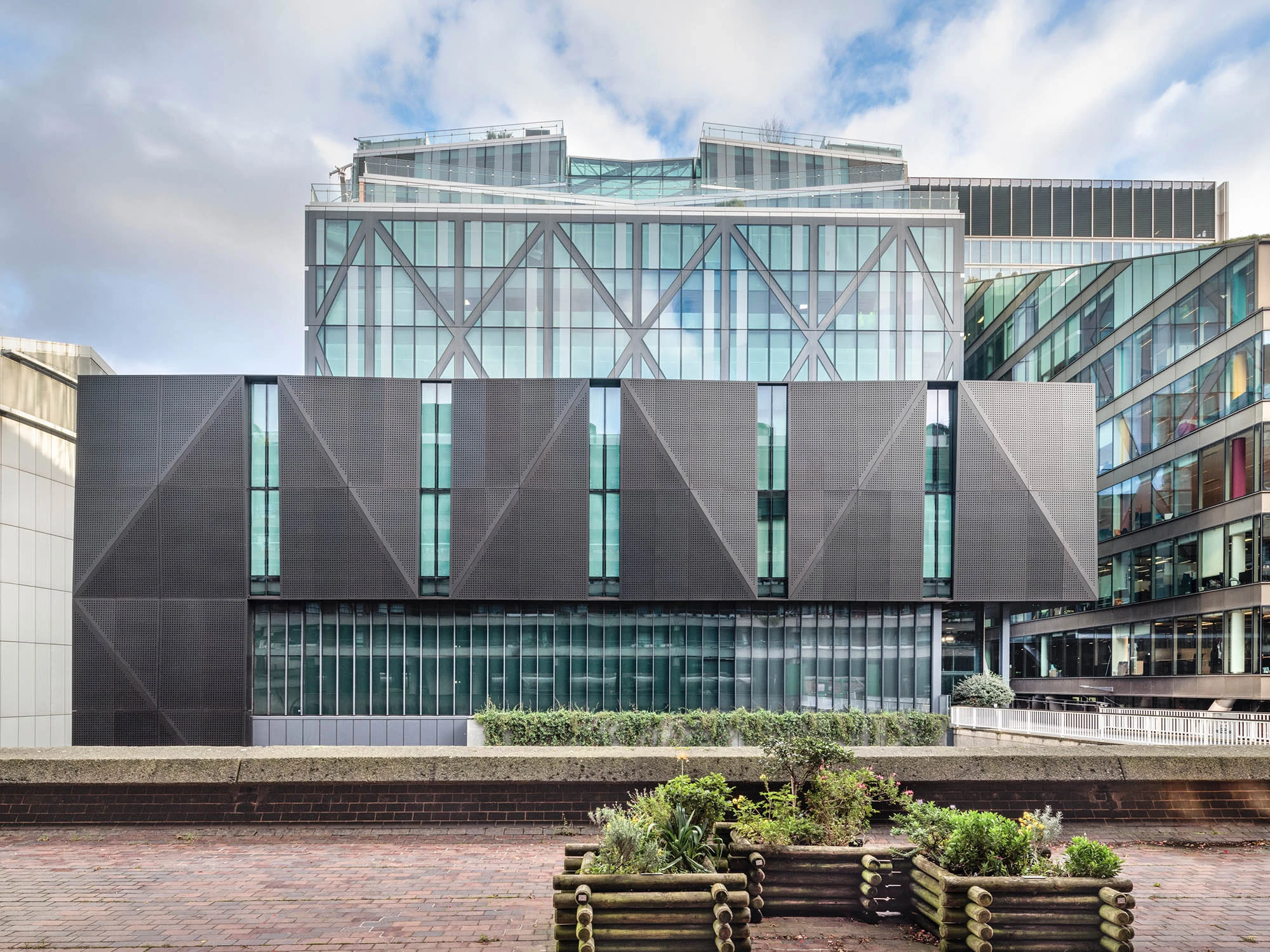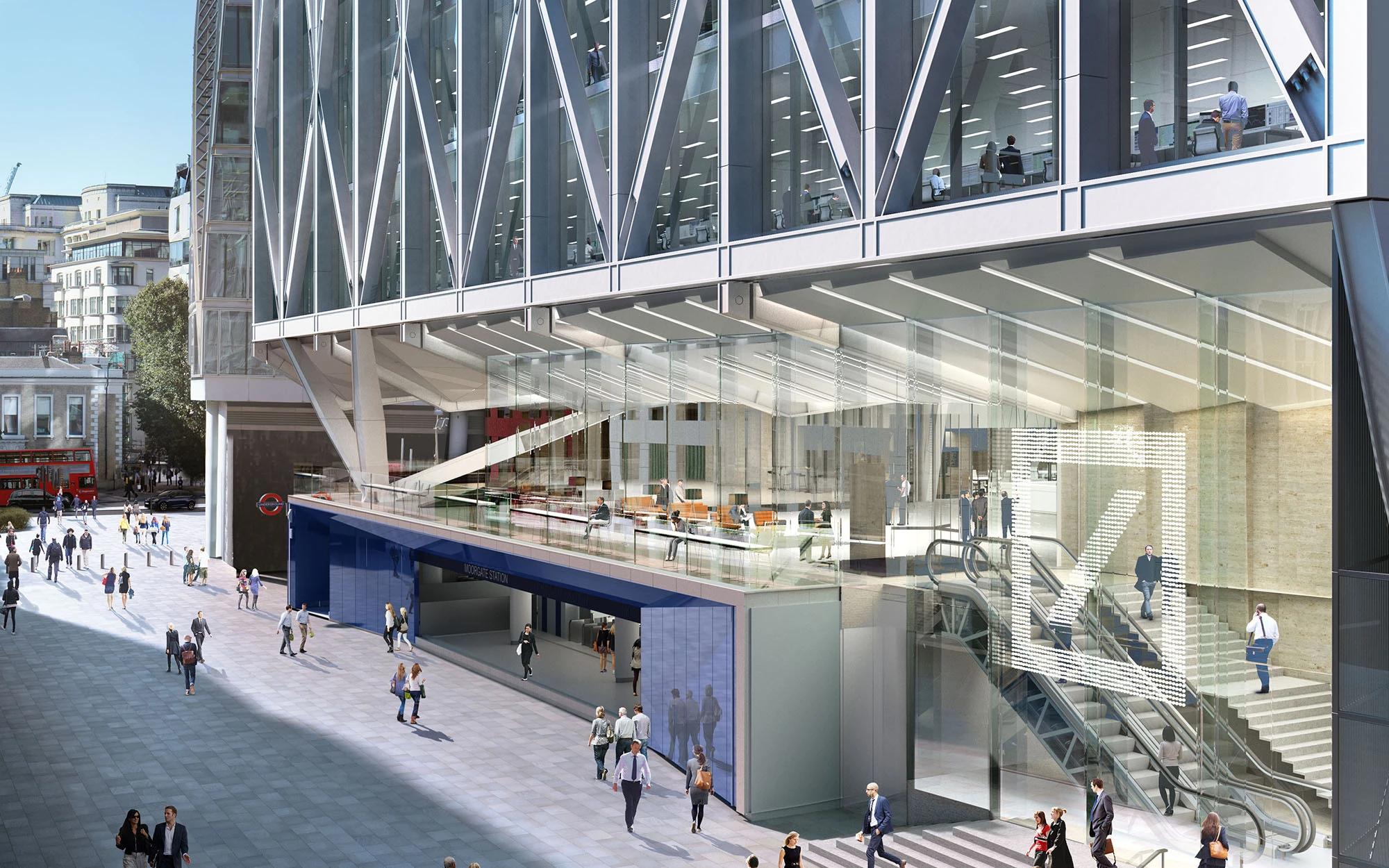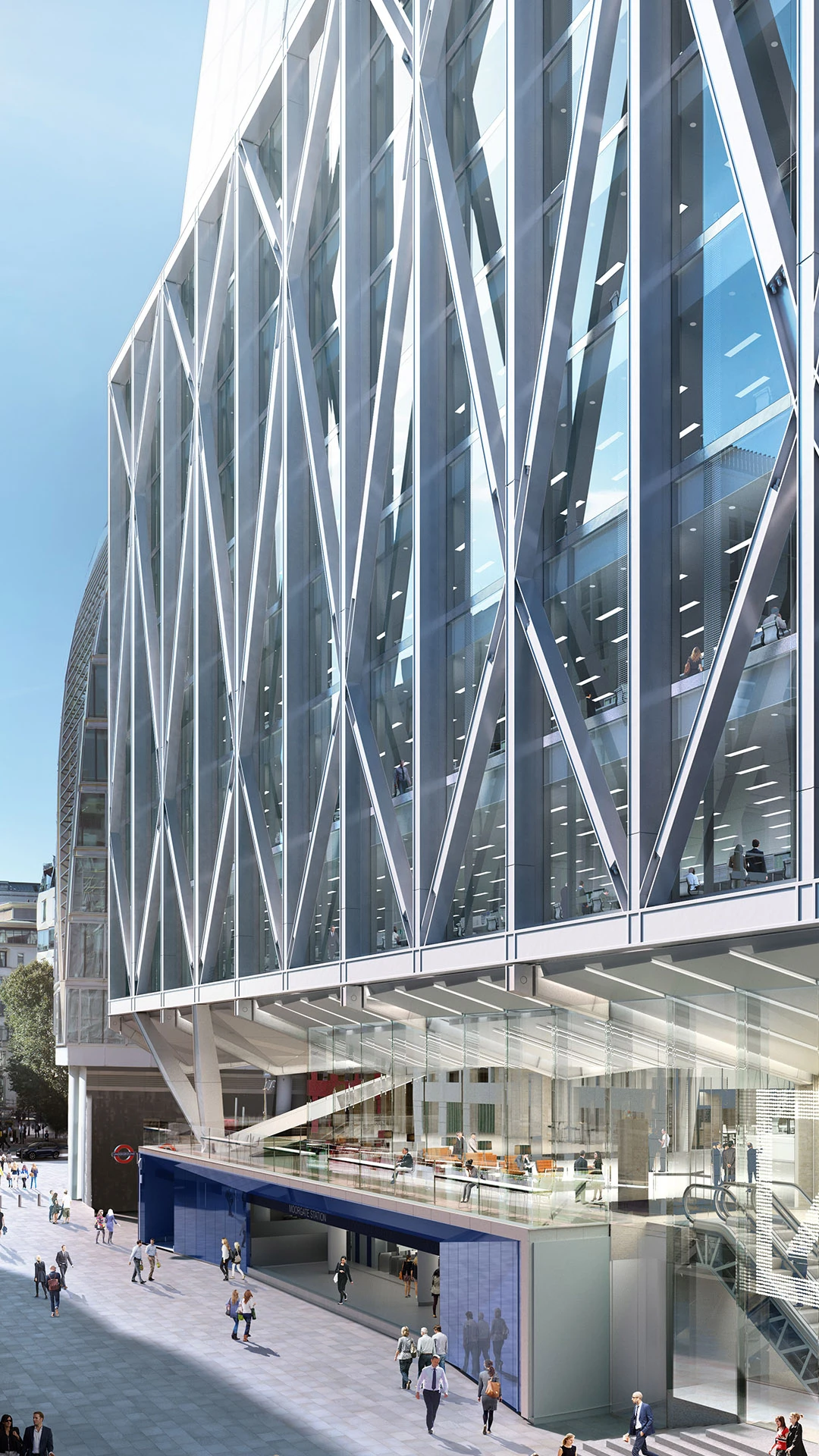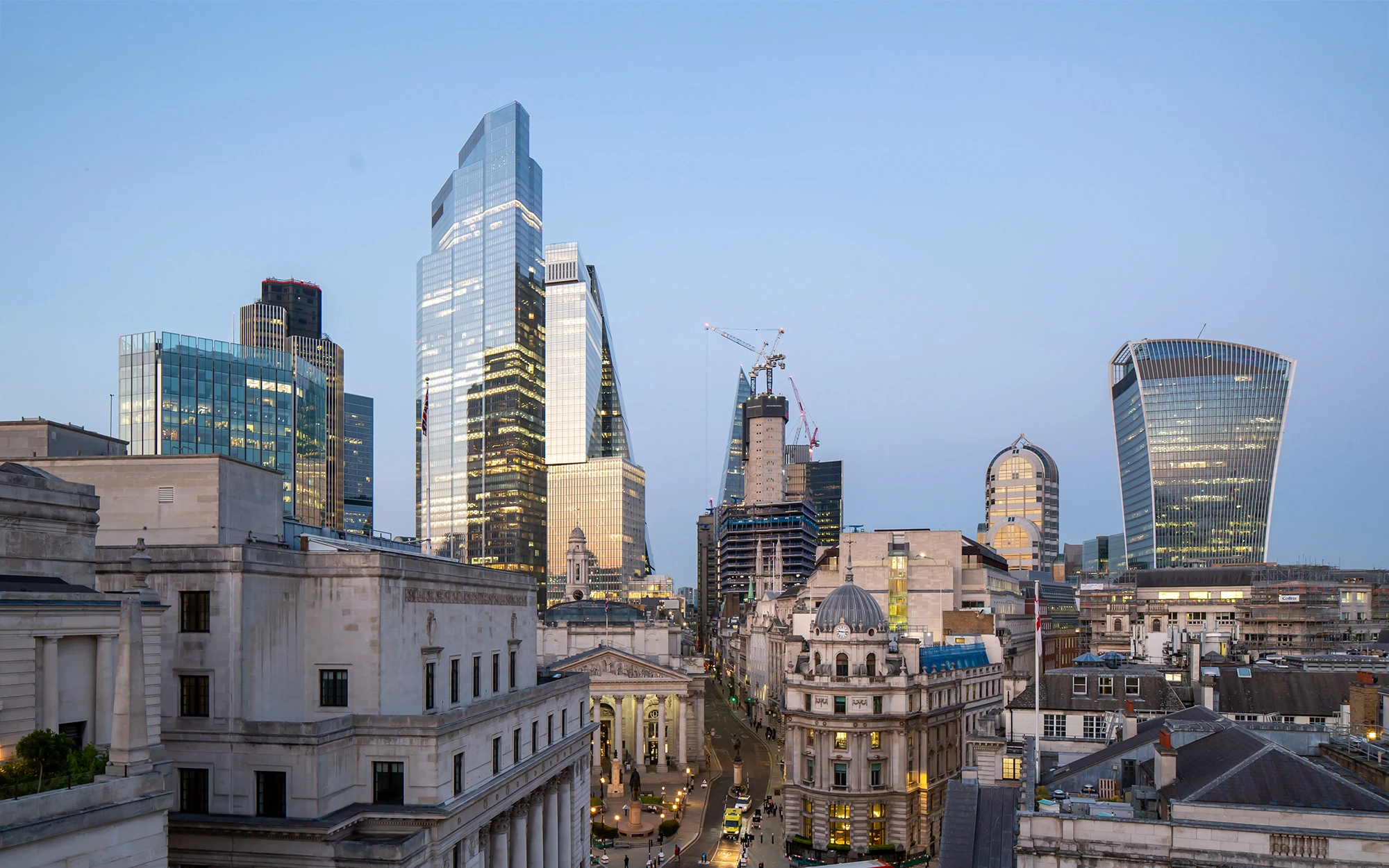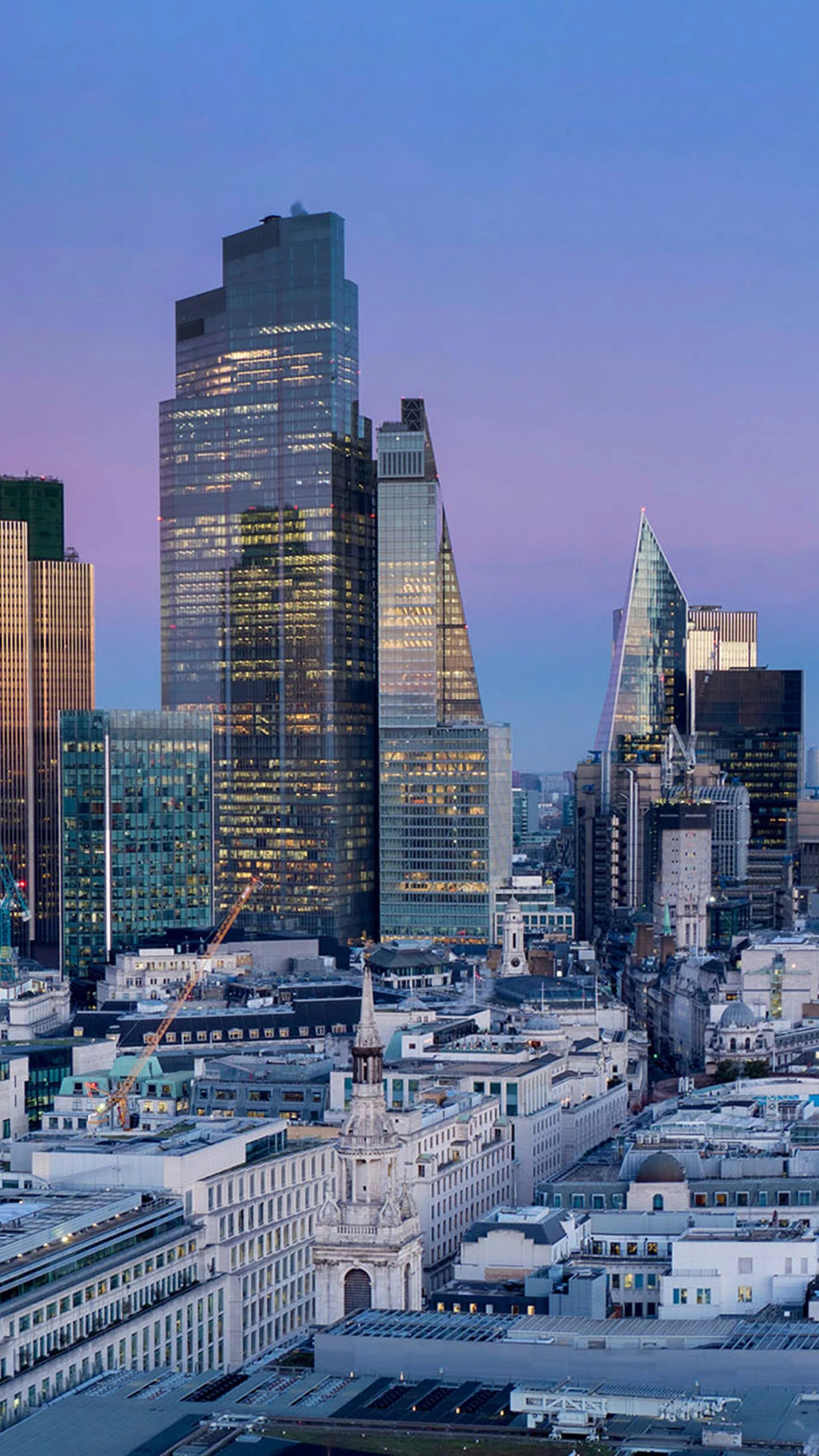
Giles Martin, responsible for delivering workplace at WilkinsonEyre, asks what is shaping the new working week paradigm, and how design can help.
Much has been written about the post-covid workplace and what improvements can be made to how, where and when we go about our daily work. The pandemic shifted the dial and our old working models seemed to change forever. Even specialist industries such as investment banking that had previously made out that they couldn’t operate without giant collaborative dealer floors relocated to home environments and – guess what – financial markets didn’t collapse. Two years on from the last lockdown seems like a good time to review what is good and what is bad about working from home and explore the range of models on the hybrid working spectrum. A roundtable of industry experts convened by the CTBUH in September 2023 presented the opportunity to analyse discernible commonalities in the new paradigm, the effect on occupier demand for workplace, and likely impact on the future design of our cities.
We’ve learnt that office work requires different work settings depending on the task in hand. Much work (writing a report, research etc) can be done just as well from your kitchen table, but much important work is collaborative; complex problem solving involving many disciplines benefits from being all in one space and bouncing ideas off each other. Perhaps one of the benefits of the pandemic has been to sift these tasks and assess what work-setting best fits each, and then to design work environments appropriately. Although in the past two years, there has been a gradual shift back to working in the office, I think most employers and employees would agree that to a certain degree hybrid working is here to stay.
As well as collaboration, people come into the office for a variety of reasons. A primary one is to socialise and catch up; it can be lonely working days-on-end in your bedroom eating pot noodle. Discussing last night’s TV, going for real noodles, and catching up with a pint after work is all part of the working day; building social relationships with colleagues is a vital part of working culture, making your business more cohesive and productive. To encourage and enable this, many companies once again organise drinks after work, lunchtime talks and book clubs to enrich the working day. But more importantly, everyone comes to work to learn and grow. My profession, architecture, follows an apprenticeship model. Young learn from old by imitation and assimilation.
Statistically, in cities, the return to work has slowed to typically three days in the office, and Thursday night has become the new Friday night. So why aren’t workers fully grasping the opportunity to come back to work and benefit from better task chairs and free wi-fi?
In my practice, it is the more senior staff (those with reports to write and arguably less to learn) who are coming in more. While many of the youngest employees live in town making the most of the city’s amenities, those with mortgages and young families are squeezed out by high property prices and better civic quality. But it seems that the single biggest thing stopping staff coming to work isn’t the office at all it’s the commute. London is the sixth worst city in the world for length of commute time with an average of 47 minutes one way, and of course it’s this ‘squeezed middle’ who live furthest away. Projects like the new Elizabeth Line are therefore more important than ever to improve these transit statistics, carrying 200 million passengers a year and bringing an extra 1.5 million people within 45 minutes of central London. Oh, and incidentally adding £42 billion to the London economy every year.
And what do people do when they get here? A pleasant walk from the station to the office, shady green spaces for summer lunchtimes, and interesting new bars and shops all justify the commuter experience. Developers, aware of what tenants now look for are building not just offices with great internal amenities, but mixed-use masterplans with mature planting, outdoor seating and public art as well as those all-important bars opening right into the lobby. It is beholden on architects, town planners and transit engineers to design the cities young people want to work in. Our new development at 21 Moorfields, therefore, is not just a headquarters for Deutsche Bank. Sitting above a new Elizabeth Line station, it includes a newly pedestrianized street with a major new sculpture by Conrad Shawcross, two peaceful green squares designed by Andy Sturgeon, a new piece of City HIghwalk with an interactive light-work, and an extended bridge direct to the Barbican – the City of London’s premier arts centre. In fact, a microcosm of the experience-rich city – now surely that is worth coming to work for.
